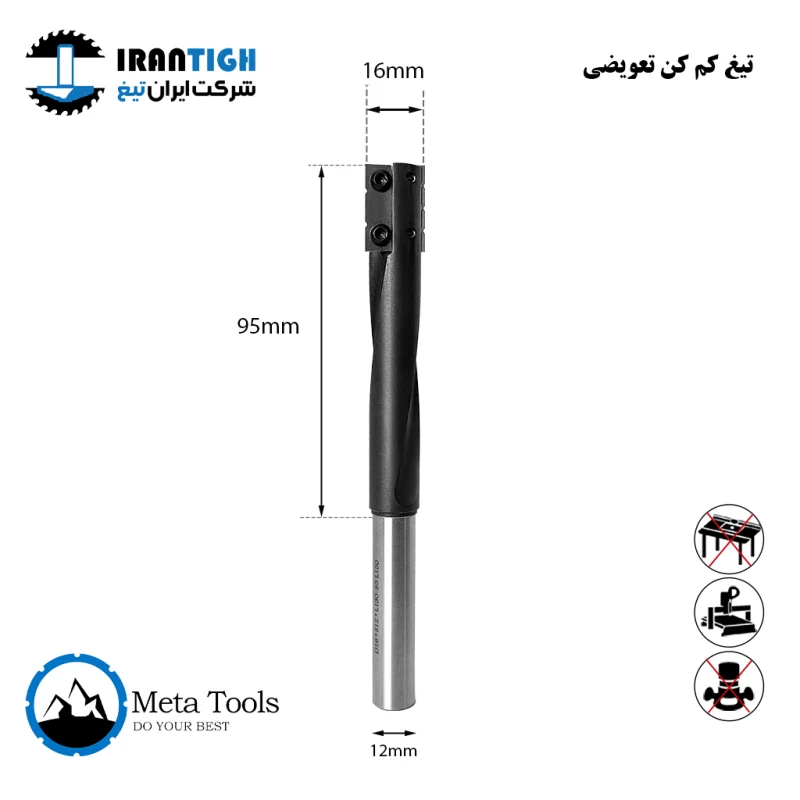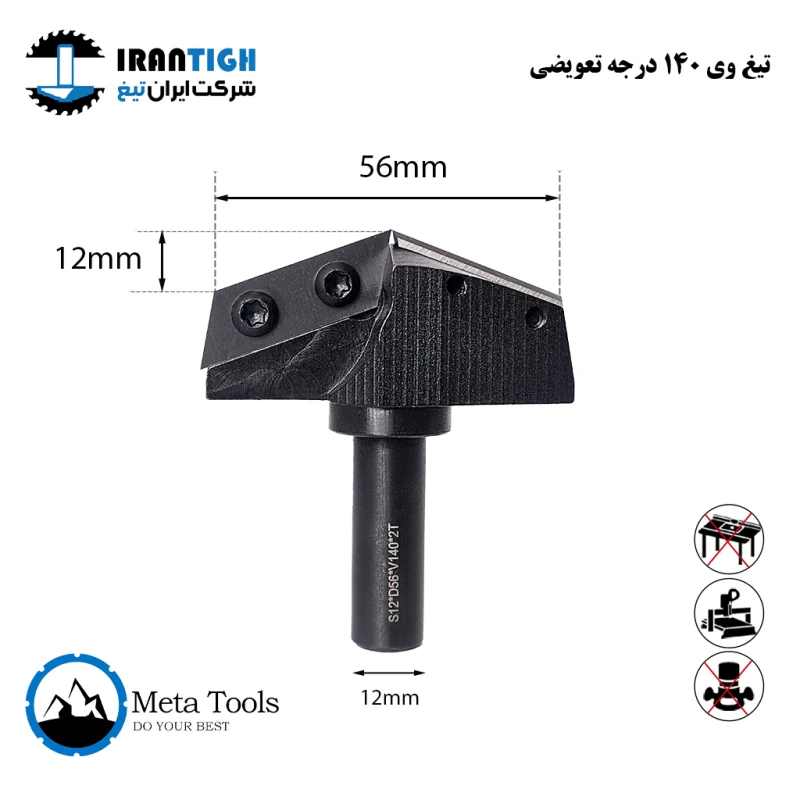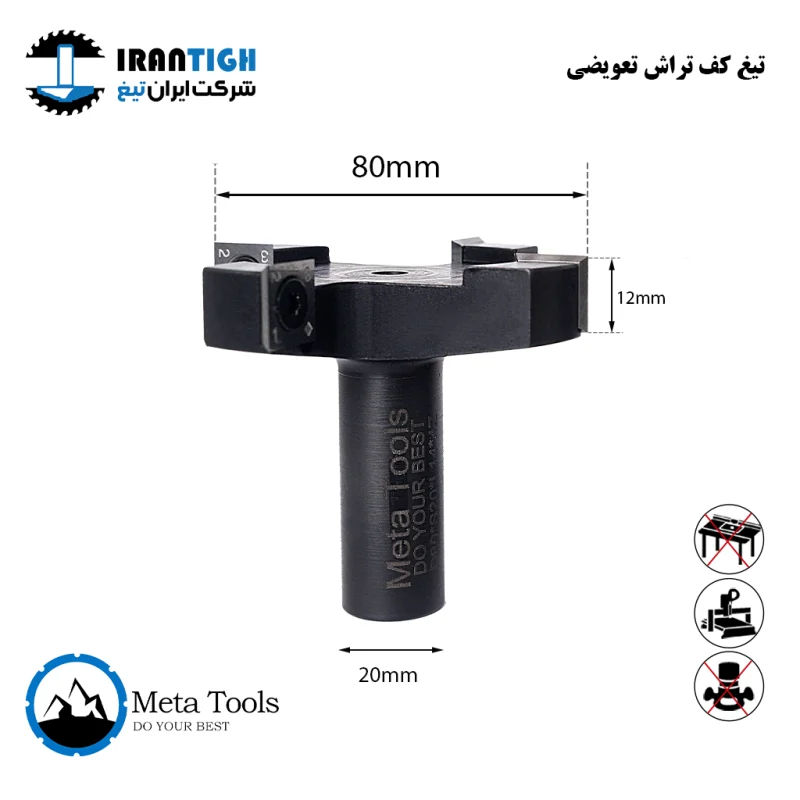
Types of Surface Planing Blades and Their Applications
- ادمین
- No Comments
Surface planing blades are essential tools in the woodworking, metalworking, and plastic industries, used for smoothing, leveling, and creating even surfaces on workpieces. Choosing the right blade based on the material type, cutting depth, and desired surface quality plays a crucial role in ensuring a high-quality final product.
In this comprehensive guide, we will explore different types of surface planing blades, their applications, key factors for selection, maintenance tips, and safety precautions when using these blades.
Importance of Choosing the Right Surface Planing Blade
Selecting an appropriate surface planing blade has a direct impact on work quality, efficiency, and blade longevity. Using an unsuitable blade can lead to rough surfaces, blade breakage, and machine damage.
Types of Surface Planing Blades and Their Applications
1. Carbide Planing Blades
- Made from tungsten carbide, highly durable and resistant to wear.
- Ideal for MDF, chipboard, and wood.
- Produces smooth and precise surfaces.
2. Diamond-Tipped Planing Blades
- Constructed with industrial diamond, extremely hard and wear-resistant.
- Suitable for highly abrasive materials like carbon fiber composites and ceramics.
- Delivers ultra-smooth finishes with exceptional longevity.
3. End Mill Planing Blades
- Features multiple cutting edges, designed for deep and fast cuts.
- Used for grooving, chamfering, and curved surfaces.
- Available in various sizes and blade profiles.
4. Slotting Planing Blades
- Designed for creating precise and uniform slots in workpieces.
- Applied in wood joints, T-slots, and keyway slots.
- Offers a wide range of slot widths and depths.
Factors Affecting Surface Planing Blade Selection
- Workpiece Material: Choose a blade compatible with the hardness and type of material.
- Cutting Depth: Select a blade with an appropriate cutting edge length based on depth requirements.
- Desired Surface Quality: Opt for a blade with sufficient cutting edges for smoother results.
- Machine Speed and RPM: Ensure the blade matches the maximum speed and allowable RPM of the machine.
Key Maintenance Tips for Surface Planing Blades
- Regular cleaning: Remove dust and debris after each use.
- Sharpening when necessary: Keep blades sharp to maintain cutting quality and prevent machine strain.
- Proper storage: Store blades in designated cases, away from moisture and dust.
Safety Precautions When Using Planing Blades
- Wear safety glasses and a respirator mask.
- Secure the workpiece firmly to the table.
- Follow the machine’s recommended speed and RPM.
- Avoid direct hand contact with rotating blades.
- Turn off the machine before changing blades.
Frequently Asked Questions
What is the difference between carbide and HSS blades? Carbide blades are harder and more durable than HSS blades, making them ideal for cutting tougher materials.
How can I sharpen a surface planing blade? You can use a specialized blade sharpener or a grinding stone to restore sharpness.
What factors should I consider when buying a surface planing blade? Material type, cutting depth, desired surface finish, machine speed, and RPM compatibility.
Conclusion
Selecting and using the right surface planing blades is essential for high-quality and efficient industrial and workshop projects. By following the guidelines outlined in this article, you can choose the most suitable blade for your needs and apply proper safety measures to prevent accidents.
- آنچه در این مقاله میخوانیم

- ارسال دیدگاه




